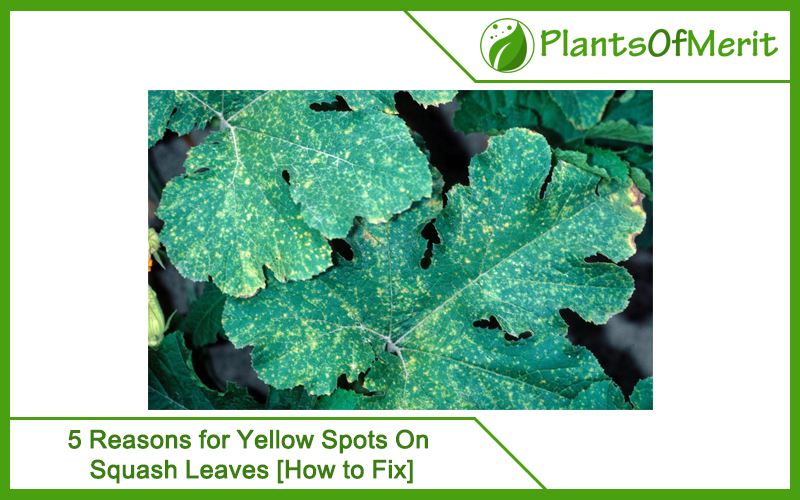Squash plants are beautiful-looking plants. They look fresh and green when in a healthy state. However, if a plant is not in good health, the most common symptom is the yellowing of leaves. Plants look beautiful only when they are healthy from within. There can be many signs of your plant not being in good health. The most common symptom is yellow spots on the leaves. These yellow spots can be either big or small and the size hardly matters.
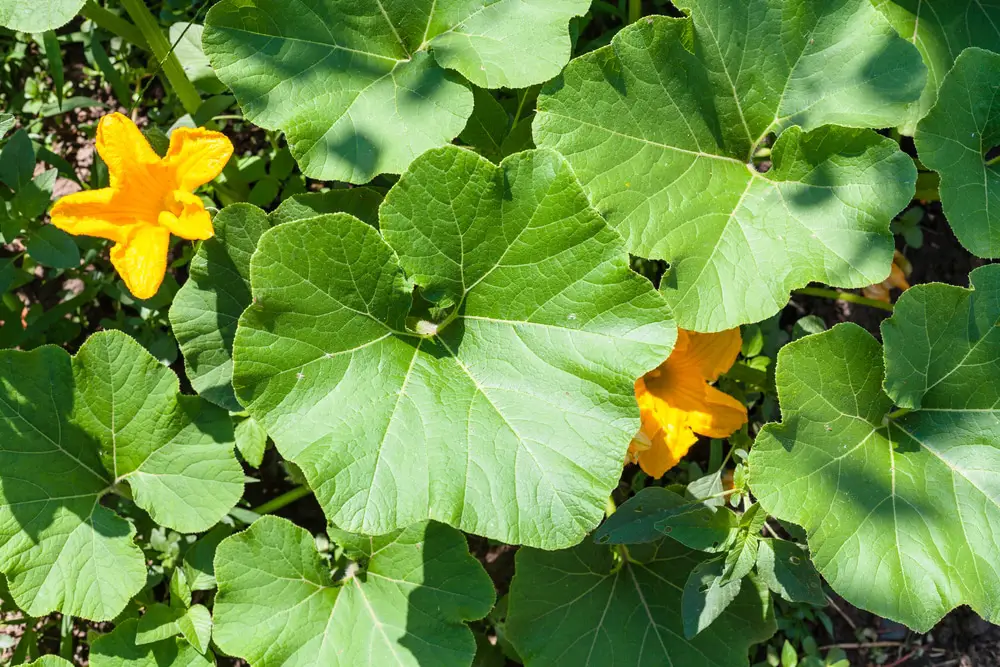
Are you noticing yellow spots on your squash leaves? You must be wondering whether it is normal or not. To answer this, you must be aware that yellow spots showing on squash leaves are not normal and it shows that your plant needs immediate attention. As soon as you see yellow spots on your squash plant, start taking the required action immediately.
What causes yellow spots on Squash Leaves?
There can be many reasons for yellow spots to appear on the squash leaves. The common reasons see lack of sunlight, improper watering, and many more. However, there are many other reasons which are discussed below so take a quick look:
1. Bacterial Wilt
It is very unfortunate to know that if your squash plants get infected by bacterial wilt, there is nothing that can be done to save them. Leaves turning yellow will be rapidly followed by browning and wilting of leaves leading to their death.
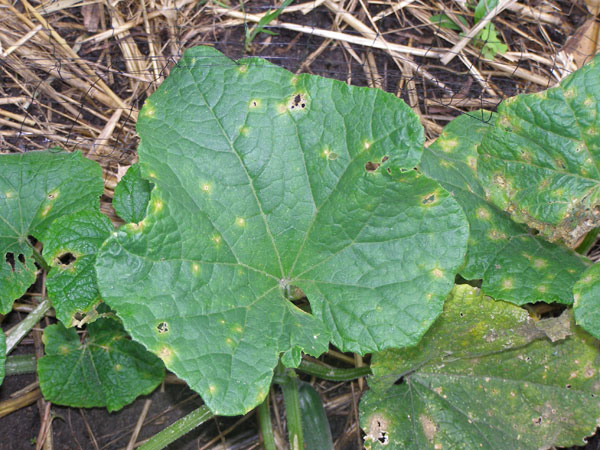
Solution
You can diagnose bacterial wilt by taking a cut out of the stem and squeezing a bit of juice from inside. If the juice comes out oozing or slimy, know that the plant is infected. Destroy all plants without composting. Make sure that you aren’t planting squash near that location the other year because bacterial wilt will continue remaining in the soil and it will infect other plants too.
2. Water deficiency
Squash plants are quite sturdy plants, as far as vegetable plants are considered. They require just 2 inches of water in a week. There are times when they might need more water because of a temperature rise. Keep checking regularly to see if your squash plants get the minimum amount of water once a week. If they don’t get it, provide them water with a drop hose or sprinkler.
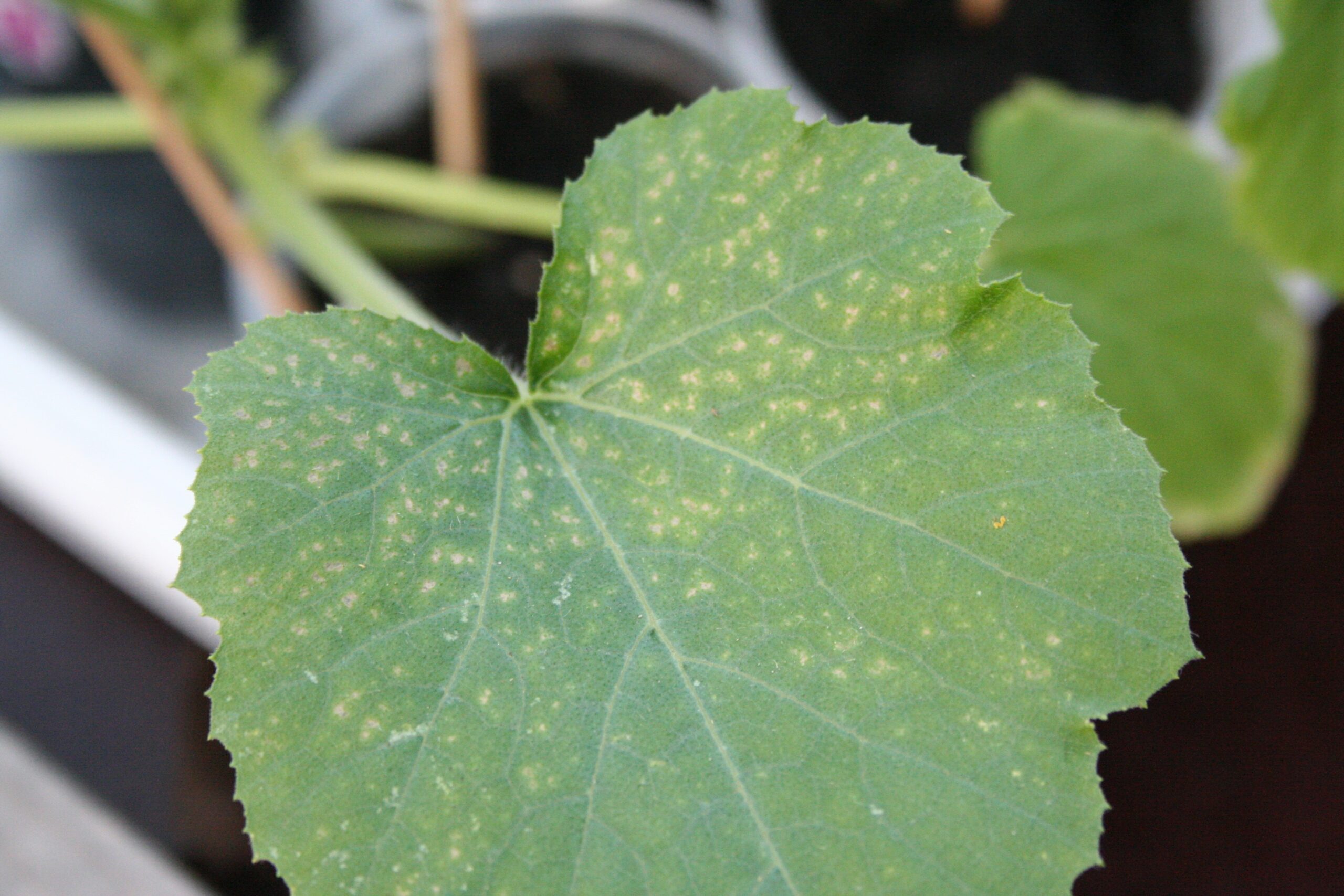
Solution
It is better that you use a rain gauge in the garden. It is an easy-to-use tool that can measure the amount of rainfall received every week. Most of the plants require 1-2 inches of rainfall each week. This will give you an idea about how much you should water using an irrigation system or by hand. You can also use another tool which is the soil meter. These are very handy tools that can easily measure the moisture amount in your soil, preventing over-watering. An easy way to check the water level in your soil is by putting your finger to check if it is dry or wet 2 inches below.
3. Vine borers
Vine borers can attack a squash plant as they try making their way through the vine of the plant. There are various signs of vine borer like leaves turning yellow, eventually from the base end to vine to tip and a small heap of sawdust at the origin of the vine, from where it comes up the ground.
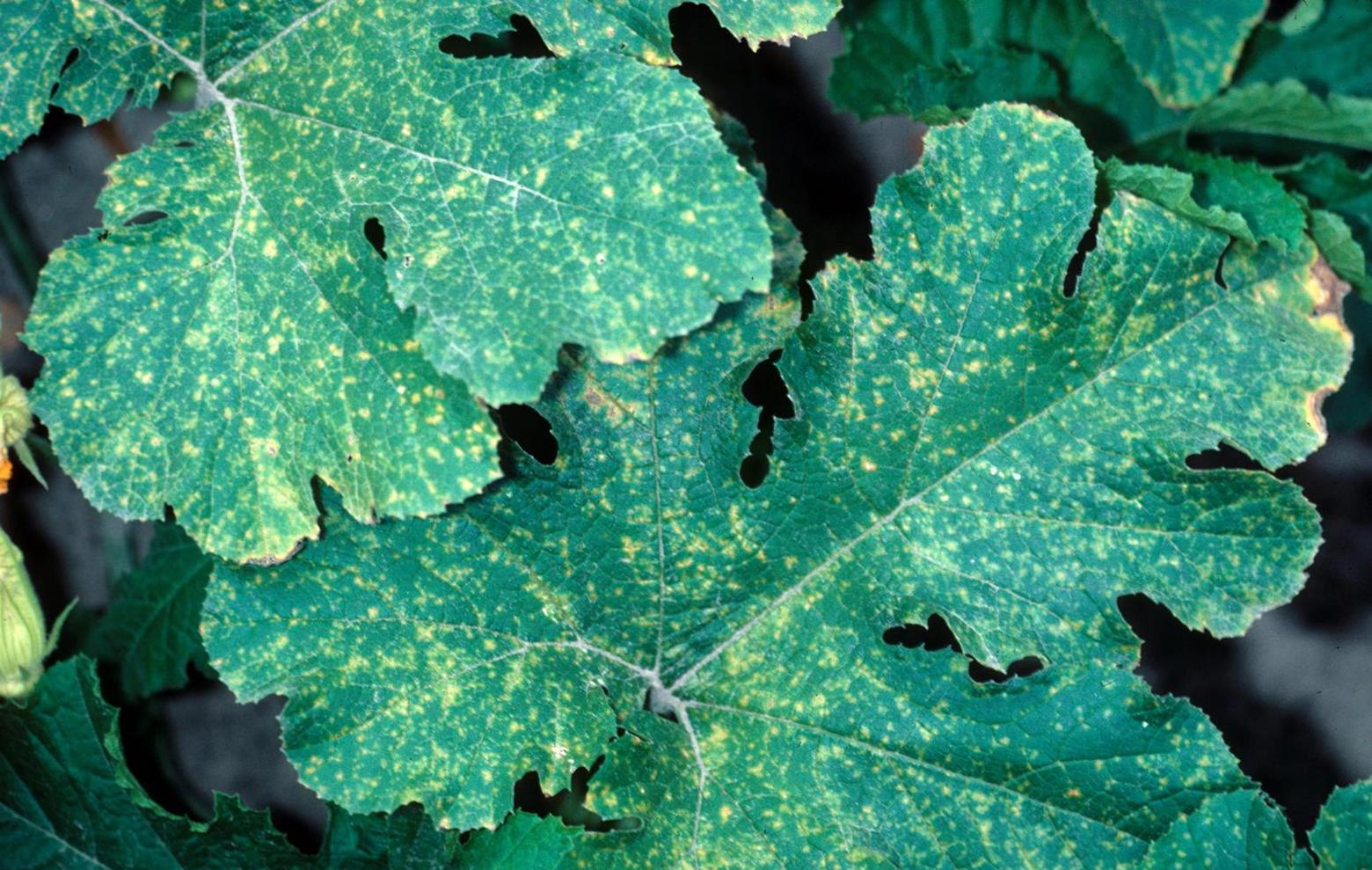
Solution
If you find a vine borer, you must know that pesticides will be ineffective. The only treatment that can be effective is the removal of vine borer from the stem. Locate the spot where the vine borer is present and slit the vine in its length carefully. This won’t hurt the plant much and it becomes easy for you to find the vine borer. You can also use a toothpick to pierce the vine borer when located and kill it.
4. Nutrient deficiency
One of the most crucial reasons for squash leaves turning yellow is a deficiency of nutrients. Plants need a wide range of nutrients, which makes it difficult to find out if it is the main reason for your plant. The best way for you to be sure is to be certain, without any doubt, about nutrients within your soil is to get tested. You can do this either by buying a soil tester kit or completing testing at home.
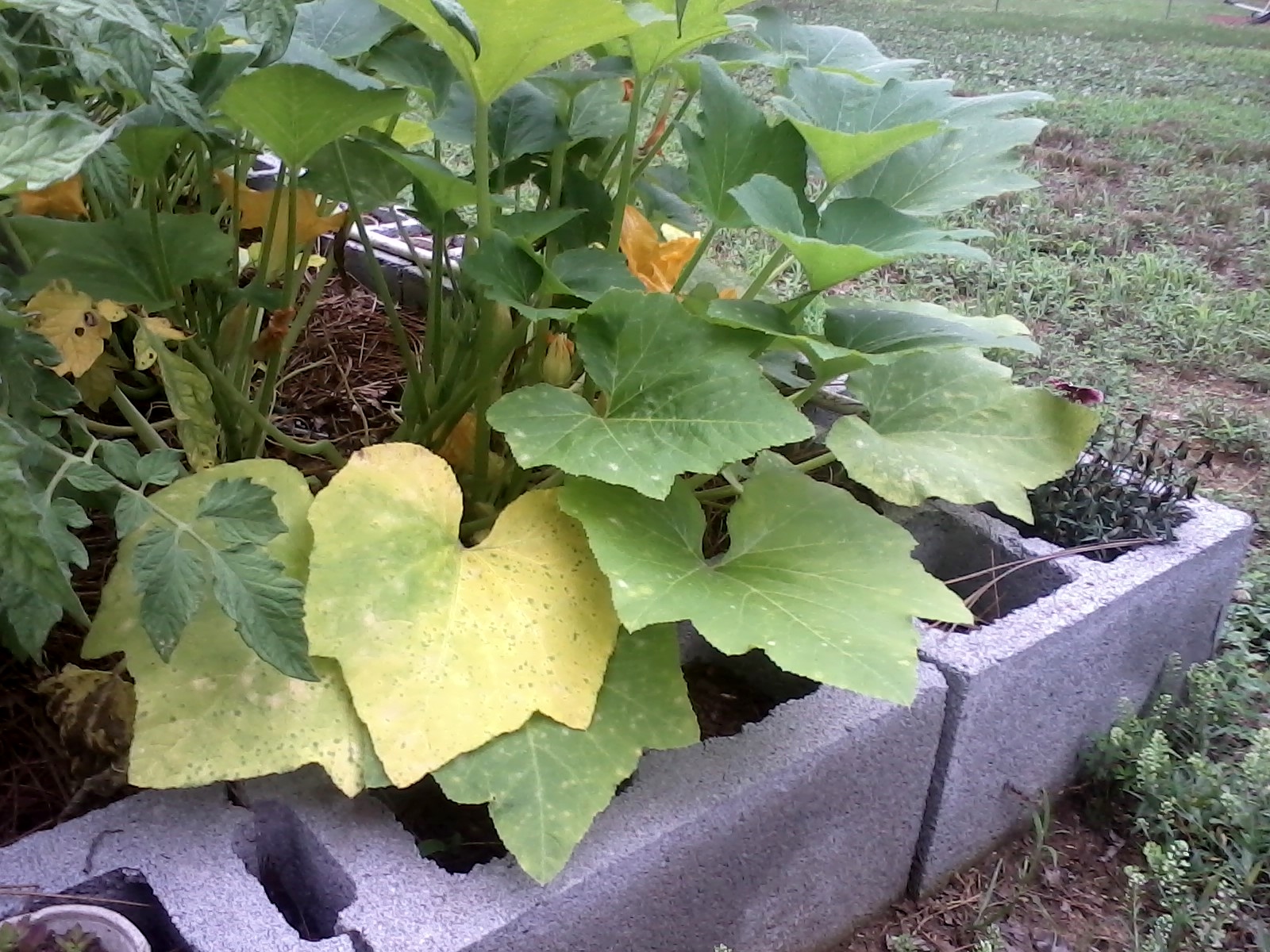
Solution
As far as iron problems are considered, you can treat the soil or your plant. Both are good ways to work on but you should try and remain balanced. You can make use of a liquefied iron spray on foliage. But, this solution won’t last too long. For treating the soil, you can also use powdered iron sprayed near the root of your plants.
5. Low sunlight
Another reason for yellow spots to appear on the leaves of your squash plant can be a lack of sunlight. You must know that squash is a plant that loves a lot of sunlight. It is recommended for you to place this plant in an area where it can get ample sunlight. If they don’t get sufficient sunlight, their leaves will have yellow spots which show that the plant is in an unhealthy state.
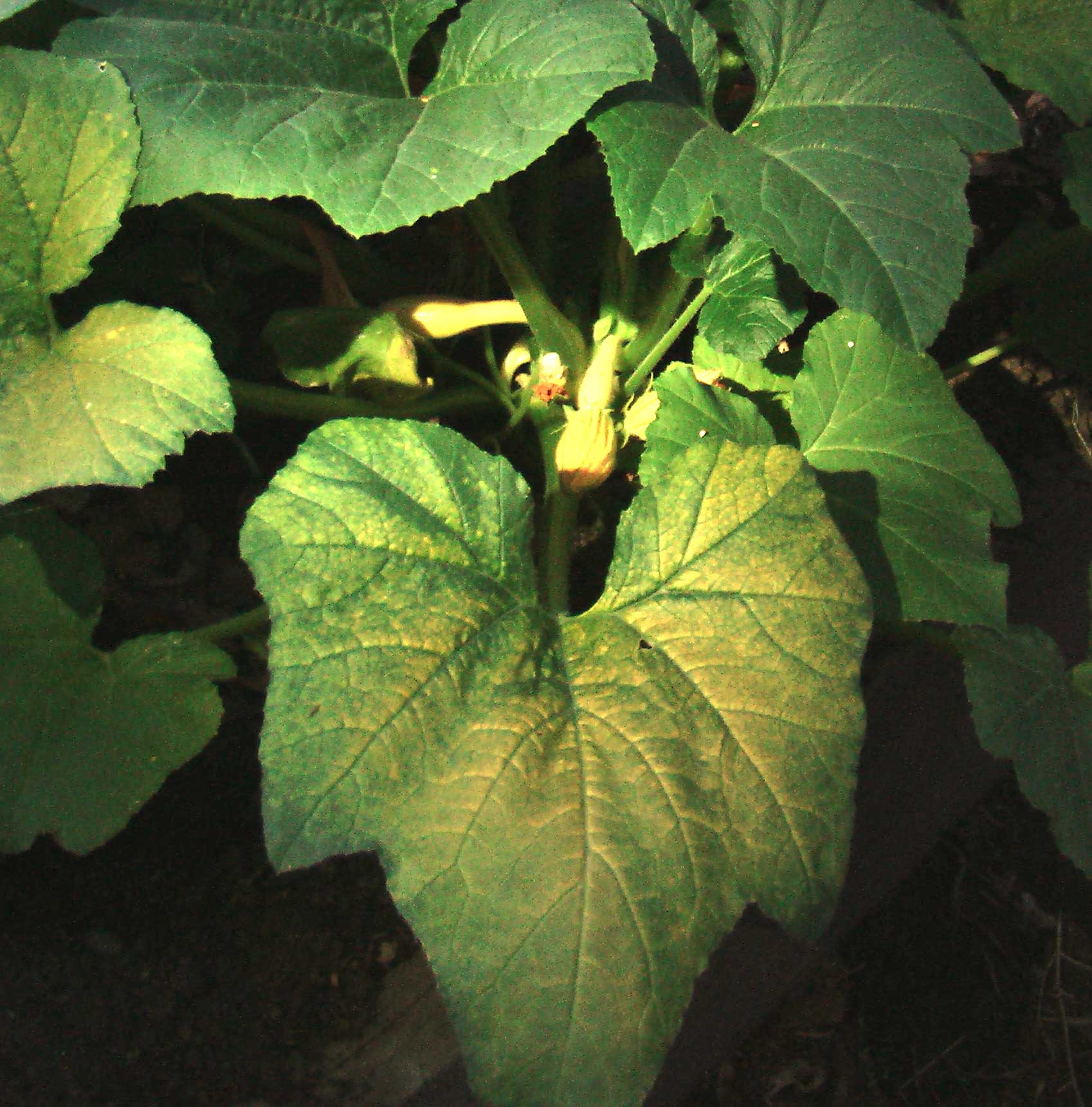
Solution
The best solution to this problem is to keep the plant in sunlight for almost 6-8 hours per day. You must keep it in a place where it can get direct and uninterrupted sunlight every day. Apart from this, there is no other solution as sunlight is not something that you can provide artificially.
Conclusion
If you find yellow spots on the leaves of your squash plant, you don’t need to worry anymore about the cause as the common causes are already mentioned above in this post. You can be assured about the cause and use the right fix once you’re able to confirm the cause. Make sure that you use the right fix because even a single wrong step can make the whole treatment go wrong. This post has all the causes along with individual solutions which will be helpful for you.

